For some visitors, Shanghai is overwhelming—a whirlwind of traffic, endless crowds, and a fast-paced lifestyle that never seems to pause. Others, however, fall in love with the city’s energy, drawn in by its stunning skyline along the Huangpu River, its innovative architecture, and its rich cultural offerings. As China’s largest city with over 24 million residents, Shanghai is constantly on the move. Yet beneath the bustle, you’ll find quiet gardens, ancient temples, world-class museums, and a cuisine ranked among China’s best. Located in the Yangtze River Delta, Shanghai fuses modern dynamism with deep cultural roots, offering every traveler something unforgettable.
10. Shanghai Circus World

Shanghai is famous for its acrobatics, and there’s no better place to experience these breathtaking performances than at Shanghai Circus World. This venue is home to the acclaimed “Insertion of Time” show—a dazzling blend of traditional acrobatics, martial arts, lighting, music, and drama that rivals any Broadway performance. The venue also hosts the Happy Circus, which delights audiences with a classic mix of clowns, trained animals, and fearless acrobats. With its full-sized performance ring, Shanghai Circus World also welcomes international acts throughout the year, making it a must-see for fans of live entertainment.
9. Shanghai Maglev Train

Need to get from the airport into the city in a flash? The Shanghai Maglev Train is the way to go. Connecting Pudong International Airport with downtown Pudong, this high-speed marvel reaches up to 430 km/h (267 mph), completing the 30-kilometer journey in just eight minutes. When it launched in the early 2000s, it was the world’s fastest commercial electric train. Built at a cost of $1.2 billion, the Maglev remains one of the most impressive and efficient ways to start or end your Shanghai adventure.
8. Oriental Pearl Tower
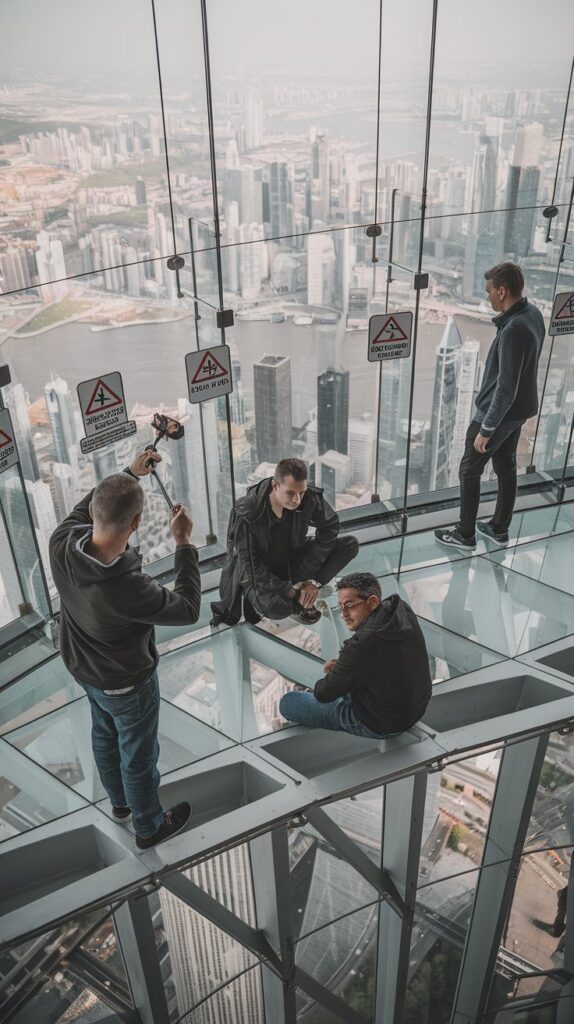
The Oriental Pearl Tower dominates the skyline in Pudong, standing tall at 468 meters (1,535 feet). Built in the 1990s, it was the tallest building in Shanghai at the time and quickly became an icon of the city. Its unique design—featuring eleven spheres strung vertically like pearls—makes it a striking architectural feat. Inside, the tower offers 15 observation decks, including a rotating restaurant and a thrilling glass-floored platform that gives visitors a stomach-churning view straight to the streets below.
7. Zhujiajiao

Just a short trip from central Shanghai lies Zhujiajiao, a water town with over 1,700 years of history. This beautifully preserved village features charming stone bridges, narrow canals, and traditional houses that line the waterways. Don’t miss a boat ride beneath the famous Fangsheng Bridge, adorned with dragons surrounding a pearl. Stroll down North Street to admire buildings from the Ming and Qing dynasties, or visit Kezhi Garden, the town’s largest historical garden. It’s a peaceful escape and a step back in time.
6. Tianzifang
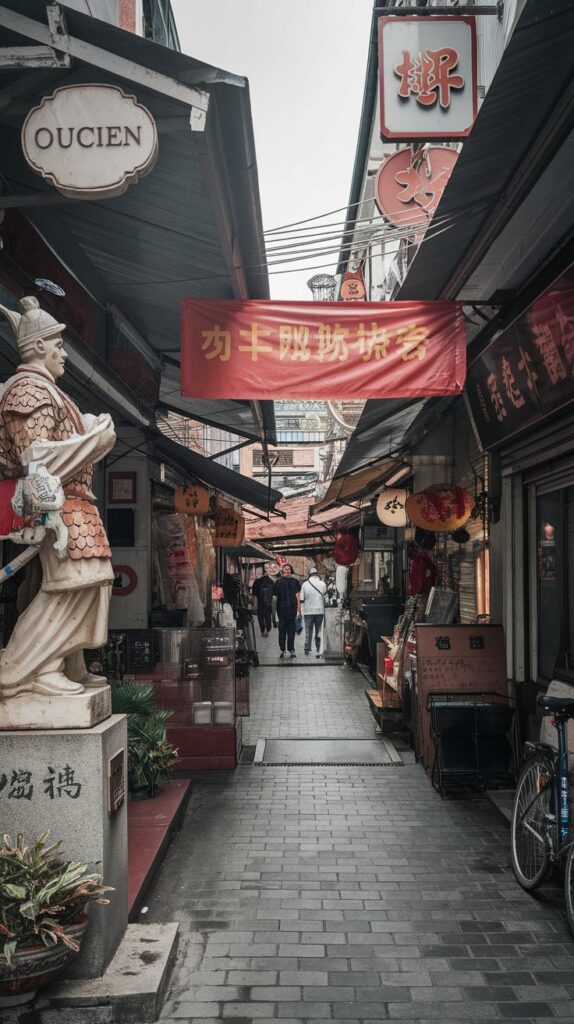
Tianzifang, once a quiet residential area in the French Concession, has transformed into one of Shanghai’s trendiest neighborhoods. It’s a maze of narrow alleys packed with art studios, galleries, cafés, and quirky boutiques. While less mainstream than other parts of the city, Tianzifang has become a haven for creatives and curious travelers. With its preserved architecture and lively atmosphere, it’s the perfect place to spend an afternoon exploring at your own pace.
5. Shanghai Museum

Centrally located on People’s Square, the Shanghai Museum is one of China’s finest cultural institutions. Housed in a strikingly modern building that symbolizes the harmony between heaven (the dome) and earth (the square base), the museum features over 120,000 artifacts. Exhibits span everything from ancient coins and bronze ware to traditional lacquer furniture and stunning jade pieces. With 11 galleries to explore and free admission for up to 8,000 visitors per day, it’s a cultural treasure not to be missed.
4. Shanghai World Financial Center
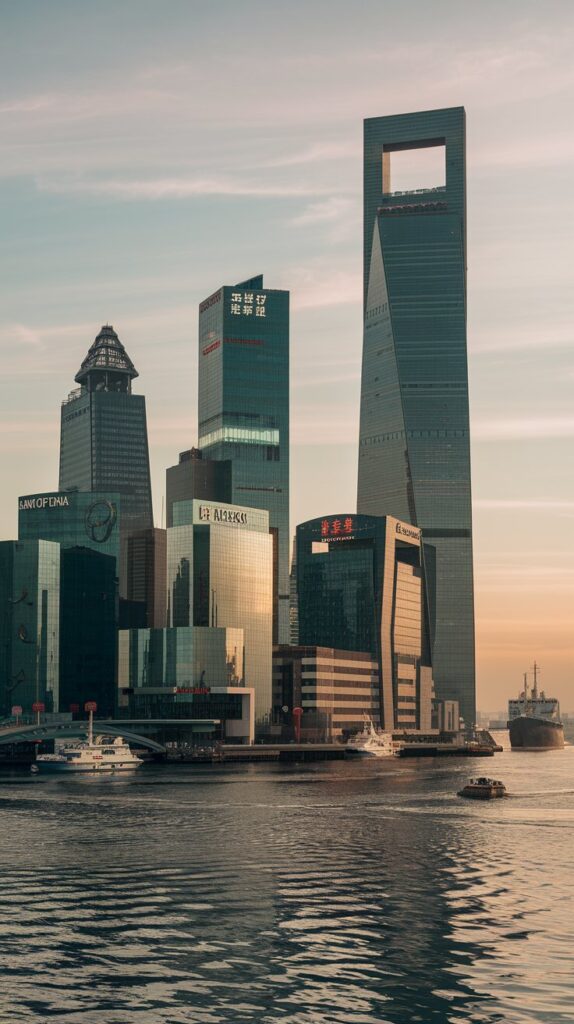
Rising 492 meters (1,614 feet) into the sky, the Shanghai World Financial Center is more than just a skyscraper—it’s a testament to the city’s global economic power. The 101-story tower is home to financial firms, luxury shopping, and a hotel, but its biggest attraction is the observation deck near the top. If you’re not afraid of heights, the views are breathtaking, offering a sweeping panorama of Shanghai’s ever-evolving skyline.
3. Nanjing Road

Nanjing Road is Shanghai’s most famous shopping street and one of the busiest in the world, drawing nearly a million visitors every day. Dating back to 1845, it has transformed from a simple marketplace into a shopper’s paradise. The eastern section is now a pedestrian-only zone, filled with upscale boutiques, eateries, and entertainment venues. Keep your eyes open for roller-skating hawkers zooming through the crowds—they’re part of what makes Nanjing Road so uniquely energetic.
2. Yu Garden

Yu Garden is a serene sanctuary tucked away in the heart of the city. Created in the 16th century by a Ming Dynasty official as a retirement gift for his parents, this classical Chinese garden is a masterpiece of tranquility. Wander through its pavilions, cross its graceful bridges, and marvel at the carefully arranged rocks and ponds. With each turn, you’ll find yourself immersed in a scene straight from ancient poetry.
1. The Bund
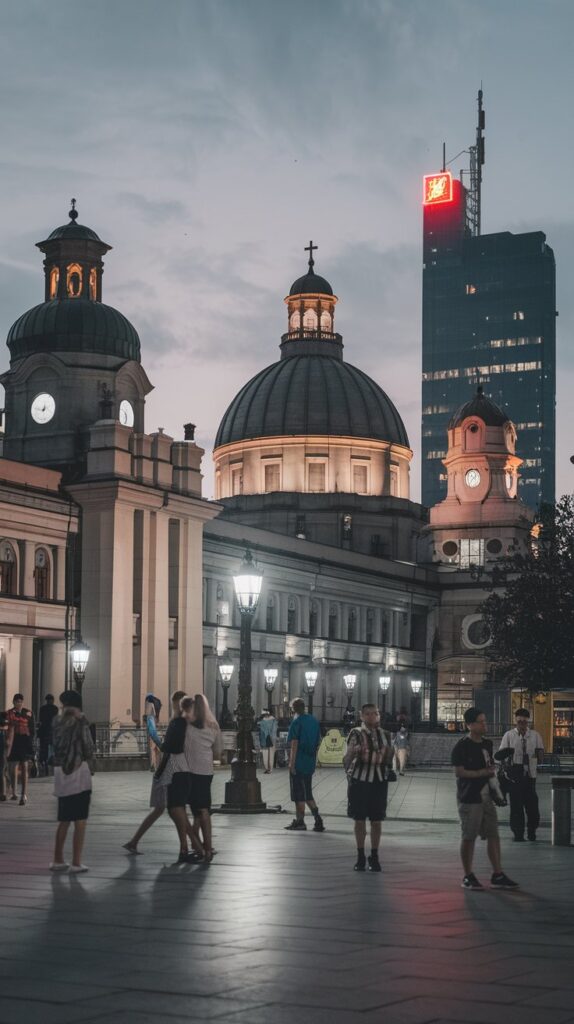
No trip to Shanghai is complete without a stroll along The Bund. Located on the west bank of the Huangpu River, this iconic waterfront promenade is lined with colonial-era buildings showcasing Gothic, Baroque, and Art Deco styles. Across the river, the futuristic skyline of Pudong rises in dramatic contrast. Visit at night when the skyscrapers light up the sky and create a dazzling backdrop that captures Shanghai’s blend of history and progress.
When to Visit Shanghai
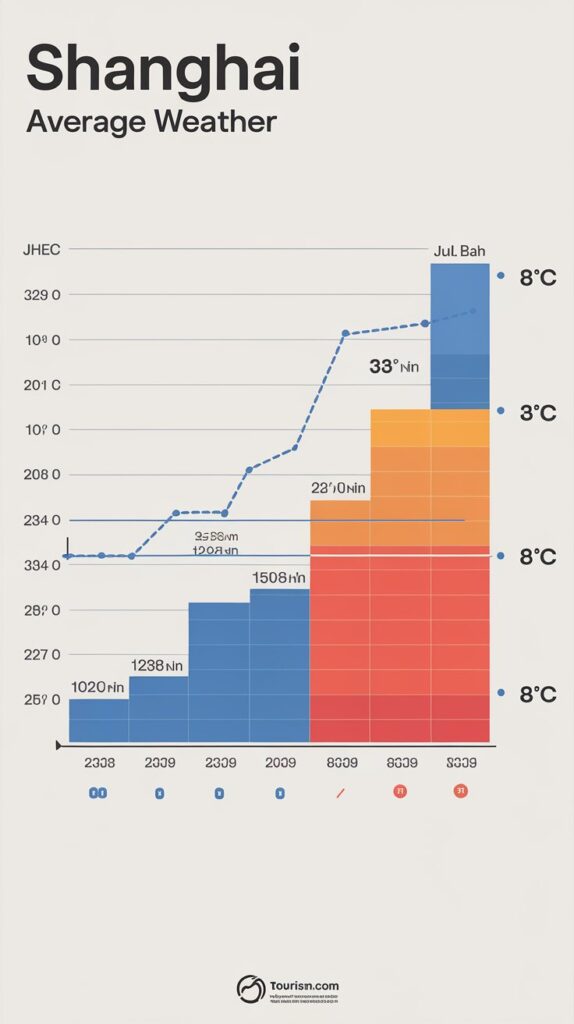
Shanghai has a humid subtropical climate, meaning summers are hot and wet while winters are cool and windy. The best times to visit are during spring (March to May) and fall (October to November), when the weather is mild and the city’s gardens are either blooming or glowing with autumn colors.
Summers (June to September) bring intense heat, high humidity, and frequent rain. While the city hosts exciting events like the Dragon Boat Festival, sightseeing can be a challenge. Winter (December to February) sees fewer tourists and lower prices, though temperatures can drop sharply, especially with the chilly winds rolling in from the sea.

